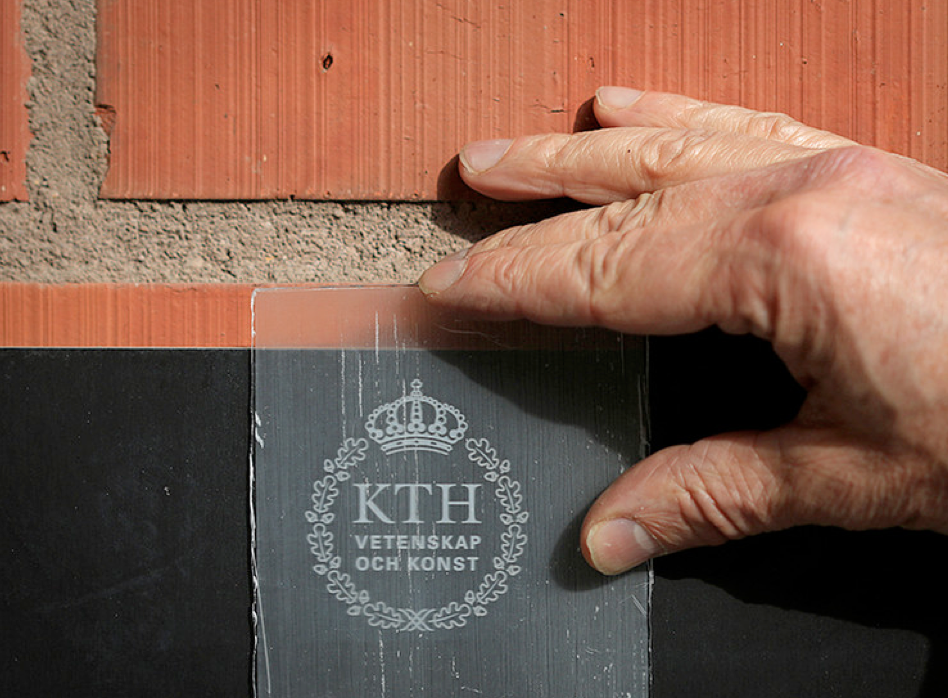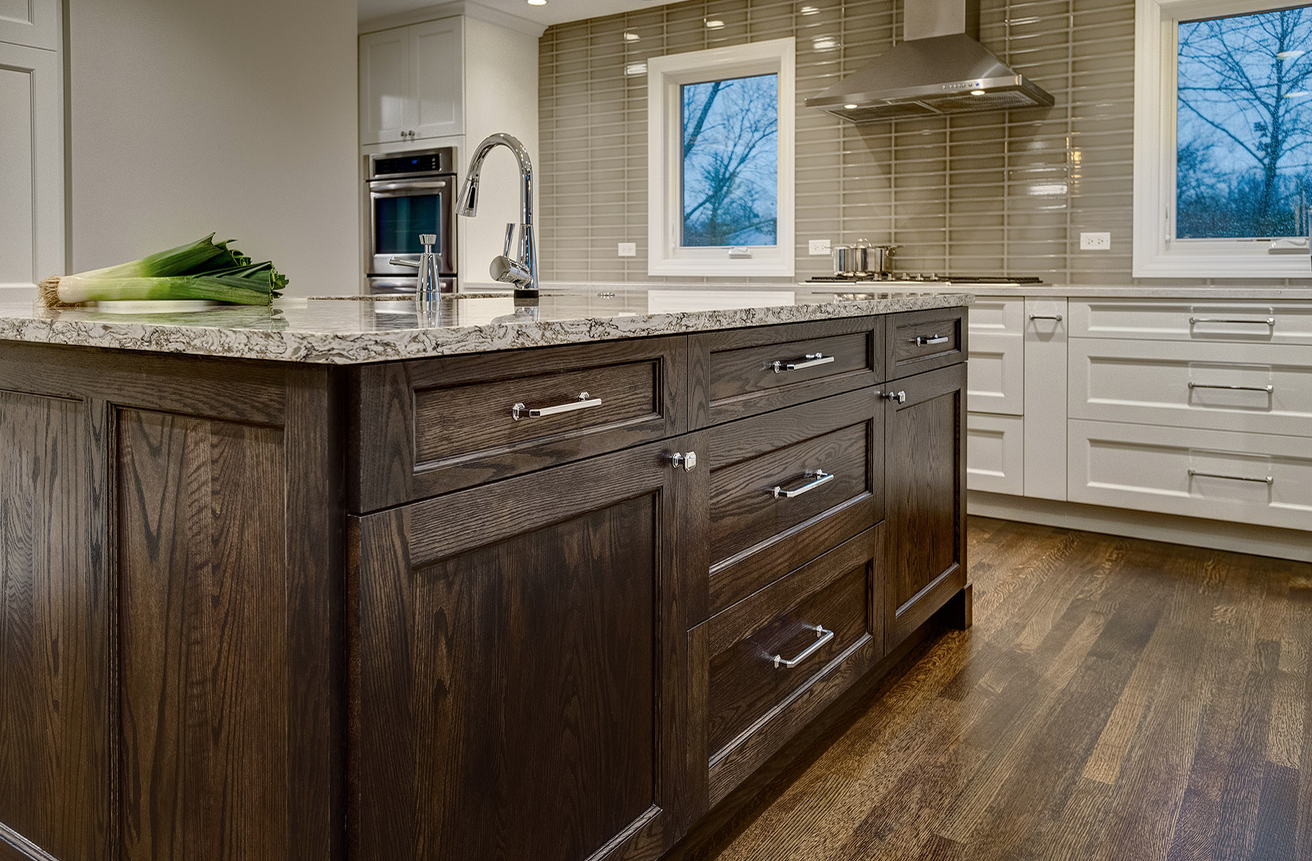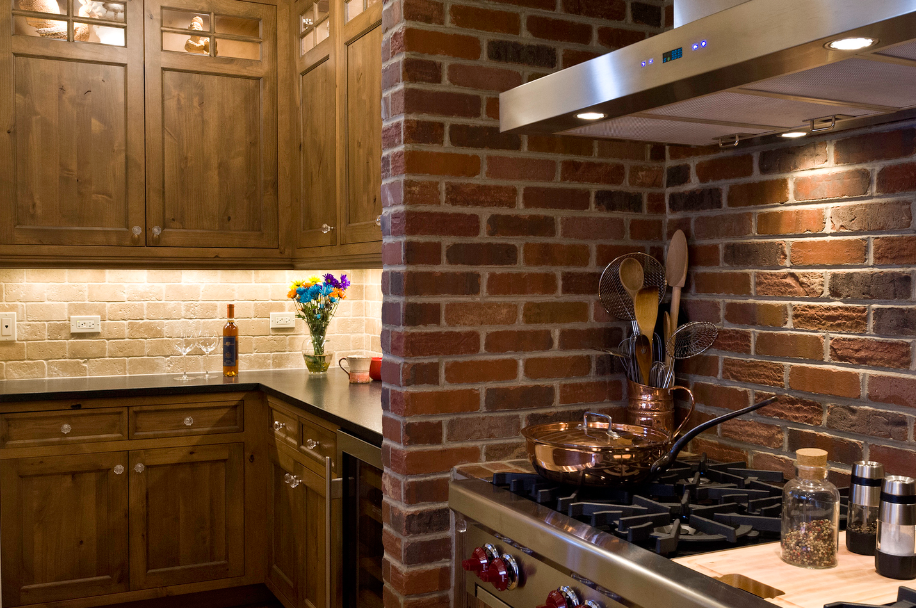16 Materials Everyone Needs to Know (And Where to Learn About Them)
A building’s materiality is what our bodies make direct contact with; the cold metal handle, the warm wooden wall, and the hard glass window would all create an entirely different atmosphere if they were, say, a hard glass handle, a cold metal wall and a warm wooden window. Materiality is of just as much importance as form, function and location—or rather, inseparable from all three.
Here I’ve compiled a selection of 16 materials that should be part of everyone’s design vocabulary, ranging from the very familiar (such as concrete and steel) to materials which may be unknown for some of you, as well as links to comprehensive resources to learn more about many of them.
1. Concrete
Concrete is the most widely used building material in the world, making it a good starting material to get to know. However it also has significant environmental impacts, including a carbon footprint of up to 5% of worldwide emissions.

Translucent wood developed by KTH Royal Institute of Technology in Stockholm. Image © Peter Larsson / KTH
2. Wood
One of the oldest, most traditional building materials around the world is of course timber. The material is beginning to take on new forms thanks to engineered wood products, and with high-rise buildings and even translucent properties, this diverse material is being taken to new heights. reThink Wood has a great collection of resources to learn about.

3. Steel
The city skylines as we know them exploded out of our discovery of steel, commonly used for reinforcement but serving as a beautiful skin in several examples. The wiki SteelConstruction.info offers everything you could possibly need to know about designing with steel.
4. Plastic
Although this may seem like a cheap, unsustainable material to some, one should not be so quick to judge the possibilities that plastic holds. We produce so much of it; why not recycle it in the form of architecture or bioplastics? What about the whole new world that comes with 3D printing?

A bench developed by Terreform ONE and Genspace created using bioplastics. Image © Terreform ONE
5. Stone
Another material used over generations in certain geographical locations around the world, stone has a wide diversity of textures, colors and strengths. Despite its heavy, solid materiality, one can still work with it to achieve diverse forms.
6. Textiles
Textiles have been explored most commonly using tensile structures, however there’s a whole range of opportunities using this material: load-bearing chairs, inflatable spaces, fabric casting and wooden fabrics amongst others.

7. Glass
Our most used material to achieve transparency and light is without a doubt glass, one of the most commonly used façade elements in contemporary architecture. Some are taking it a step further, attempting to extend its properties to create “intelligent” responsive glass. The PPG Glass Education Center is a great place to learn more.

8. Brick
Despite its rigid, rectangular shape made to fit in your hand, brick architecture has been shown to create beautiful structures with the right craftsmanship. Innovative thinkers are also finding new ways to incorporate active sustainability into the small building elements.

9. Kevlar
A material stronger than metal body armor, with awesome tensile strength, Kevlar is certainly an asset when building large structures. With a less rigid composition than steel however, it could reform the way we think of large load-bearing structures.
10. Bamboo
Bamboo usage is generally dictated by the geographical location of the architectural project. In locations where bamboo makes sense, it is an incredibly flexible, strong, sustainable material that can be useful in many ways.
11. Carbon Fiber
Reflecting everything about our new material endeavors is carbon fiber: “five times stronger than steel, twice as stiff, weighing significantly less.” The composition of carbon fibre makes it flexible to work with, allowing it to take shapes from surfaces to rods, depending on your requirements.
12. Photovoltaic cells
With all the high-rises soaring high above the earth, it’s a wonder photovoltaic facades haven’t become a norm. Due to the evolution of photovoltaic technology, cells may no longer have to be locked in place on the roof.
13. Earth
Earth is among the oldest building materials we can think of due to its almost universal accessibility and relative ease of use at small scales. It’s capable of being compressed into modules, as well as creating freeform surfaces, all of which can eventually return to the earth with ease.
14. Waste
We produce a huge amount of waste covering a huge range of materials, but getting to know your waste is an excellent idea for future architects. Whether it’s converting cigarette butts into building material or plastic bottles to earthquake resistant walls, recycling is something to be admired.
15. Straw
Creating a passive thermal environment, shielding from rain and blending into similar natural surroundings are just a few things that straw is good at. It’s no wonder thatched roofs were so popular in the past.
16. Organic materials
With the massive loss of habitats happening around the world, getting to know organic structures created by animals is something that’s best to do sooner rather than later. Not only can we learn from their use of materials, it also opens up opportunities for us to coexist through incorporating their organic materials into our architecture.
As with all materials, accessibility and cost plays a huge role. There are sure to be materials not on the list that would be the obvious option in certain parts of the world, so be sure to get to know the materials around you in addition to these and you’ll be sure to have a complete resource.















